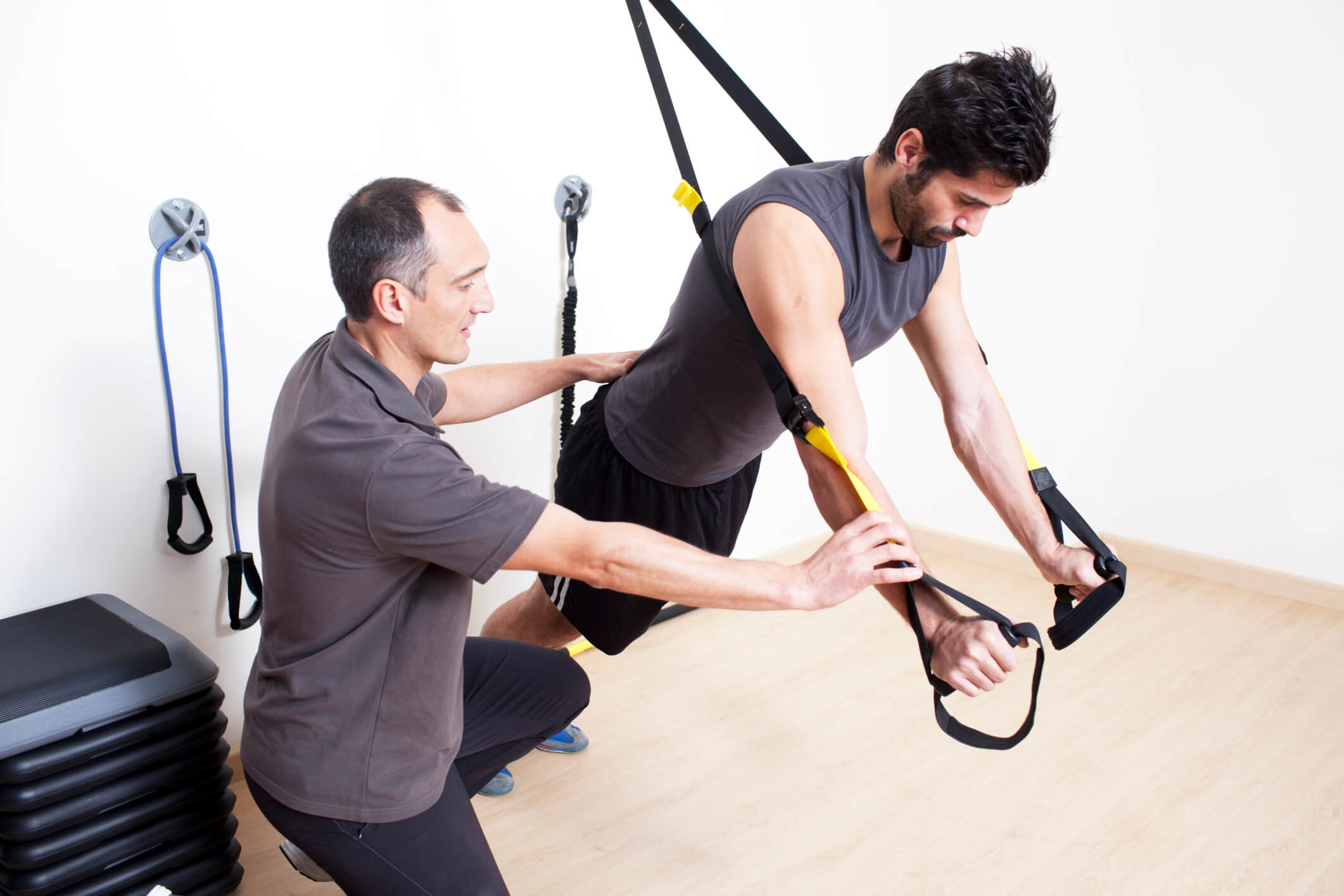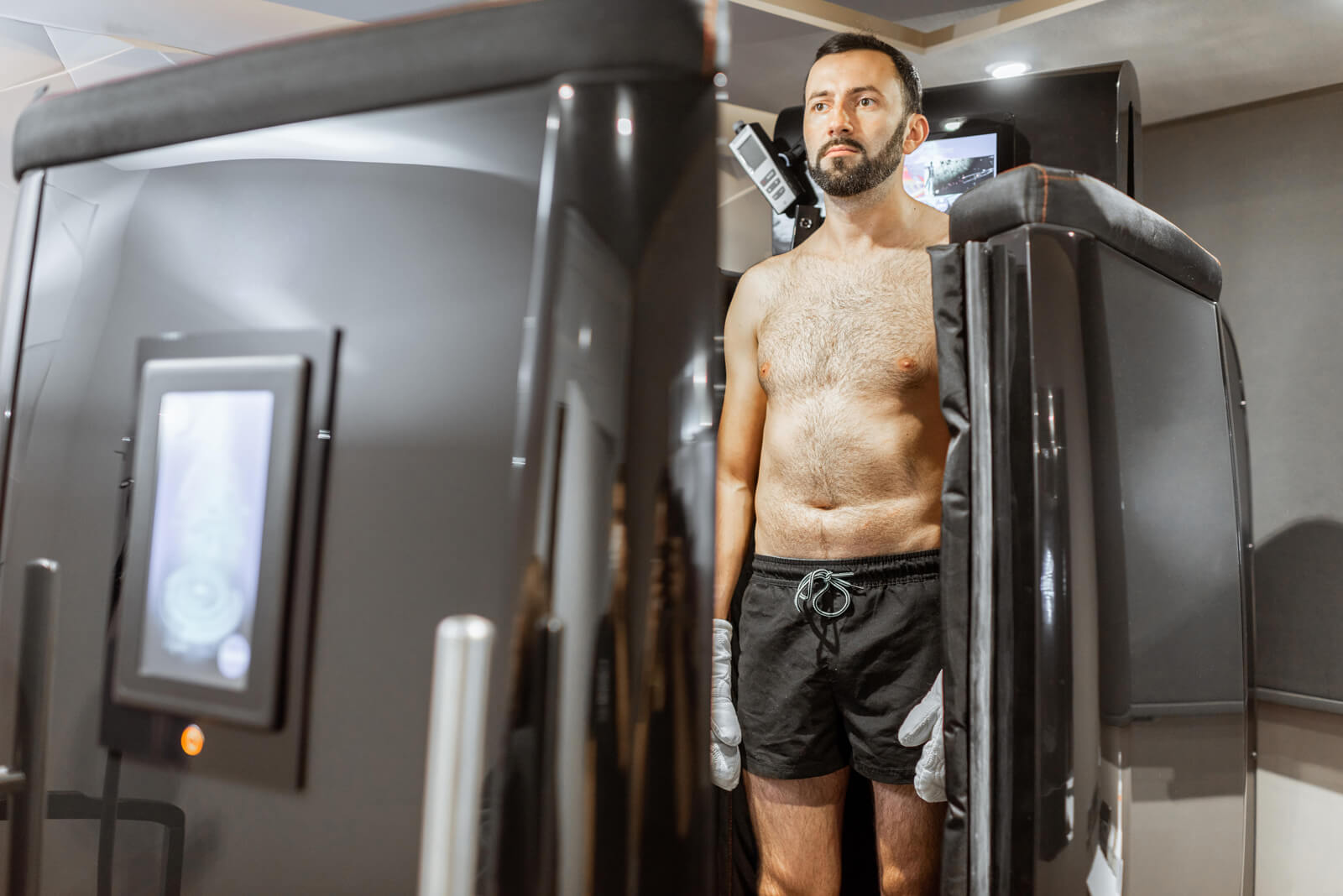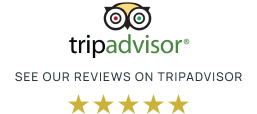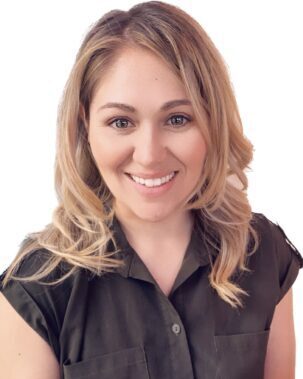Learning style refers to how an individual is able to learn and remember information. The easiest way of finding learning styles is by the sensory channels or modalities through which we favor learning: visual, auditory or tactile-kinesthetic. The majority of people uses all modalities in learning but have a preference for, or orientation toward, one or another of them. Grinder (1991) noted that out of 30 people, 22 may be balanced in their ability to retrieve and retain information through all sensory pathways; the others will have hard time learning with any sensory pathway outside of their strength.
Learners with visual learning preference like to see information. They learn best from seeing and showing (Markova & Powell, 1992). There are at least two types of visual learners (Wolfe, 2001). Some can easily see and understand graphs and charts, whereas others are print-oriented. Visual learning clients will appreciate printed handouts that reinforce educational concepts. Writing down information will help them process and remember it. They may want to take notes during the training session. Too much verbal information will distract them.
Auditory learners choose verbal instruction; they learn best from hearing and speaking (Markova & Powell, 1992). They are comfortable listening and talking and tend to engage easily in conversation. The auditory preference usually involves both hearing and speaking (Sprenger, 2008). Auditory learning clients will learn best through hearing and will most effectively retain information when they are given opportunities to repeat it.
Tactile-kinesthetic learners prefer being physically engaged in the learning process. These learners are best engaged through experiencing and doing (Markova & Powell, 1992). They thrive with a personal trainer. Tactile-kinesthetic learners may want to skip directions and begin an activity quickly, preferring to “figure things out along the way.” They will prefer to write things down themselves and will remember best when they are documenting their own goals and progress.
References
Grinder, M. (1991). Righting the educational conveyor belt. Portland, OR: Metamorphous Press.
Markova, D., & Powell, A. (1992). How your child is smart: A life-changing approach to learning. Emeryville, CA: Conari Press.
Sprenger, M. (2008). Differentiation through learning styles and memory. Thousand Oaks, CA: Corwin Press.
Wolfe, P. (2001). Brain Matters: Translating research into classroom practice. Alexandria, VA: Association for Supervision and Curriculum Development.






